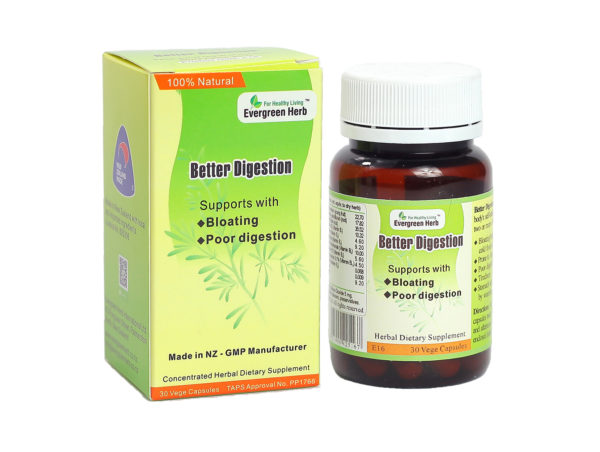



low alcohol content, absence of hops, elevated pH) Infections can only take hold under specific conditions (e.g. Microbes from the same genus can appear in different spoilage categories, making species-level identification of microorganisms mandatory. pitching yeasts & Sauergut) (see Table 1). The microbiological flora in breweries can be categorized into six groups: (a) obligate beer spoilage microorganisms (b) potential beer spoilage microorganisms (c) indirect beer spoilage microorganisms (d) indicator flora (e) harmless background (latent) flora and (f) production flora (e.g. In the worst cases contamination may lead to the recall of contaminated batches, which is associated with financial loss and decreased consumer confidence. Contamination of equipment can lead to a shutdown of production owing to the necessary cleaning process. The effects of contamination range from comparatively minor changes in beer flavour and fermentation performance to gross flavour and aroma defects, turbidity problems and reduced yeast performance. Residues remaining in brew house tanks, pipelines, valves, heat exchangers and packaging equipment can also harbour microorganisms, which represent potential sources of recontamination. Raw materials, air, brewing water, additives and pitching yeast cultures can act as a supply of contaminants. Microbial contamination including bacteria, wild yeast and mould can originate from a variety of sources in the brewing process. Biological quality control encompasses yeast viability and characteristics monitoring, wort stability, yeast performance during fermentation, yeast flocculation and maturation, in addition to routine microbiological testing of both equipment and product at all stages of production. Collectively, with good manufacturing practices and routine monitoring of these areas, a consistent quality product can be produced and delivered to the highest standards. Brewing quality control can be divided into four key areas: biological, chemical-analytical, sensory analysis and field quality. Copyright © 2017 The Institute of Brewing & DistillingĬontrol measures in the brewery are essential for maintaining product quality and are performed at every step in the brewing process from selection of raw materials to fermentation process control and packaging, and at points of customer delivery. The adoption of new technologies such as proteomic fingerprinting by mass spectrometry would allow breweries to conduct more extensive microbiological analyses that are currently cost- and time-prohibitive, particularly for small breweries. This review discusses current microbiology testing techniques and their limitations, then focuses on new developments and technologies for routine microbiological control testing. Further implications of batch contamination include significant financial loss and decreased consumer confidence. The effects of microbial contamination, derived from organisms including bacteria, wild yeast and mould, can range from comparatively minor changes in beer flavour and fermentation performance to gross flavour and aroma defects, turbidity problems and reduced yeast performance. Microbiological quality control testing in breweries is essential for maintaining high product quality and should be performed routinely.


 0 kommentar(er)
0 kommentar(er)
